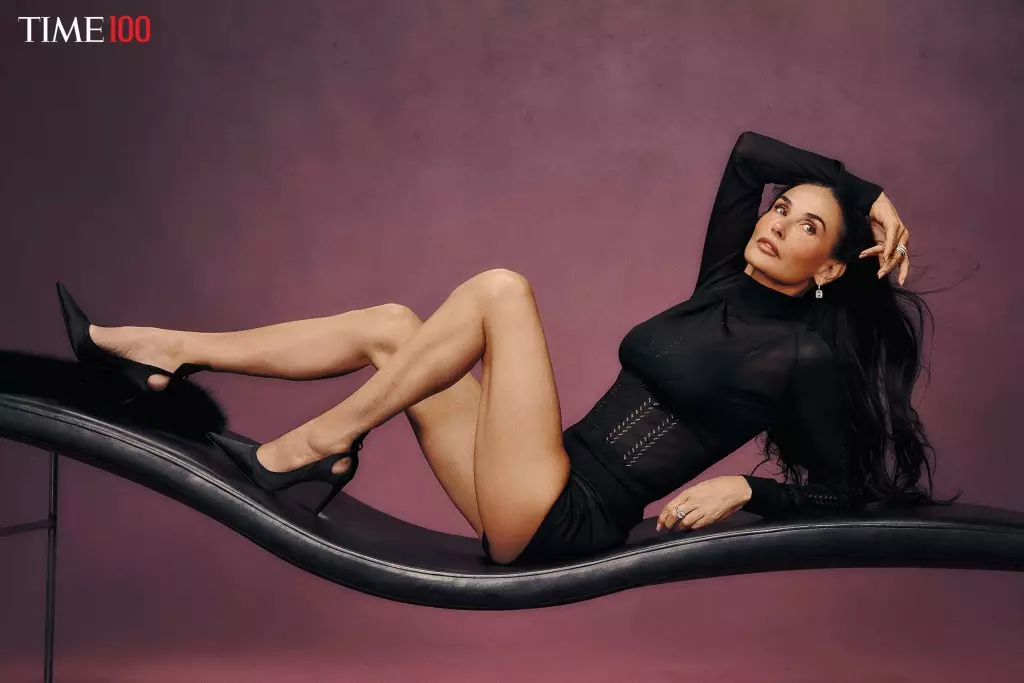Time magazine’s annual rollcall of the 100 most influential people demonstrates the sheer volume of talent and societal impact harnessed within the entertainment industry. This year’s list boasts an impressive assembly of entertainers such as Demi Moore, Snoop Dogg, and Scarlett Johansson, among others. These personalities are more than mere icons; they are catalysts for change, shaping societal narratives and paving the way for lesser-known talents. But while the recognition is well deserved, one must ponder: does the influence of these celebrities correspond to actual societal advancement, or is it merely the product of media glorification?
Positivity or Propaganda? The Role of Recognition
When a cultural figure is celebrated as influential, it signals to the public that their contributions are valued. However, there lies the risk of idolization that borders on unhealthy fanaticism. What does it say about our society when a glossy magazine cover can eclipse genuine achievements in social justice or political reform? Influencers like Lorne Michaels and Ted Sarandos are undeniably significant within the realm of entertainment, but their inclusion raises questions about the criteria we use to define “influence.” Are we simply promoting entertainment for entertainment’s sake, or are we highlighting the intersection of culture, activism, and creativity?
The Star-Studded Contributors: A Network of Admiration
Time’s unique format—pairing influential figures with guest contributors for write-ups—creates an intimate narrative that humanizes our stars. As actors and producers praise each other, it reflects a powerful network built not solely on professional accolades but also on personal admiration. For instance, Chris Evans’ tribute to Scarlett Johansson reveals a deeper connection that transcends the superficial glamor of Hollywood. This blending of personal respect and mutual inspiration isn’t just a gimmick; it offers a glimpse into the collaborative spirit that drives creative industries. Yet, one cannot help but wonder: does this format overwhelmingly favor those already ensconced within the industry, ultimately marginalizing diverse narratives from lesser-known yet transformative figures?
The Indispensable Athletes and Media Mavericks
Sporting icons like Simone Biles and Serena Williams ambiguously compartmentalize influence, showing that talent can bridge entertainment and athletic prowess. The blend of athleticism and celebrity creates a different dimension of influence that resonates with younger demographics. It is worth analyzing how such recognition affects societal values around health and discipline. Meanwhile, media personalities like David Muir and Joe Rogan bring yet another layer to this puzzle. While they command significant public attention and sway opinion, it leads us to question the role media figures play in shaping our collective consciousness. Are they educating us, or do they simply reinforce existing biases?
The Time100 issue acts as both a mirror and a magnifying glass on contemporary influence. While it’s a celebration of achievements, it’s also a stark reminder that the definition of “influence” deserves scrutiny. Are we merely elevating the voices of the already privileged, or are we paving the way for authentic representation across various sectors? The dialogue surrounding this list might be just as impactful as the list itself, challenging us to reassess our values and expectations in an ever-evolving cultural landscape.

